ITINERARY
- Part 1
- Part 2
It’s 337 km from Shkodër to Sarandë, and there aren’t many noteworthy stops along the way. The coastal city of Durres with a large but poorly equipped beach is only for those who like to explore every nook and cranny. There is a Roman amphitheater and remnants of a Byzantine castle and forum, but their condition hardly justifies a visit.
So, from Shkodër, it’s best to head straight to the Ardenica Monastery (Manastiri i Ardenices), the only functioning monastery of the Albanian Orthodox Church. Founded in the 10th century, it sits on a high hill. The current building dates back to the late 13th century. I’ll share a review of the monastery from Marianne van Twillert on her blog montenegro-for.me:
“I have visited many Orthodox churches and monasteries in Europe, adorned with gold and precious icons. But the beautiful icons and frescoes of the church in Ardenica surpass them all.”
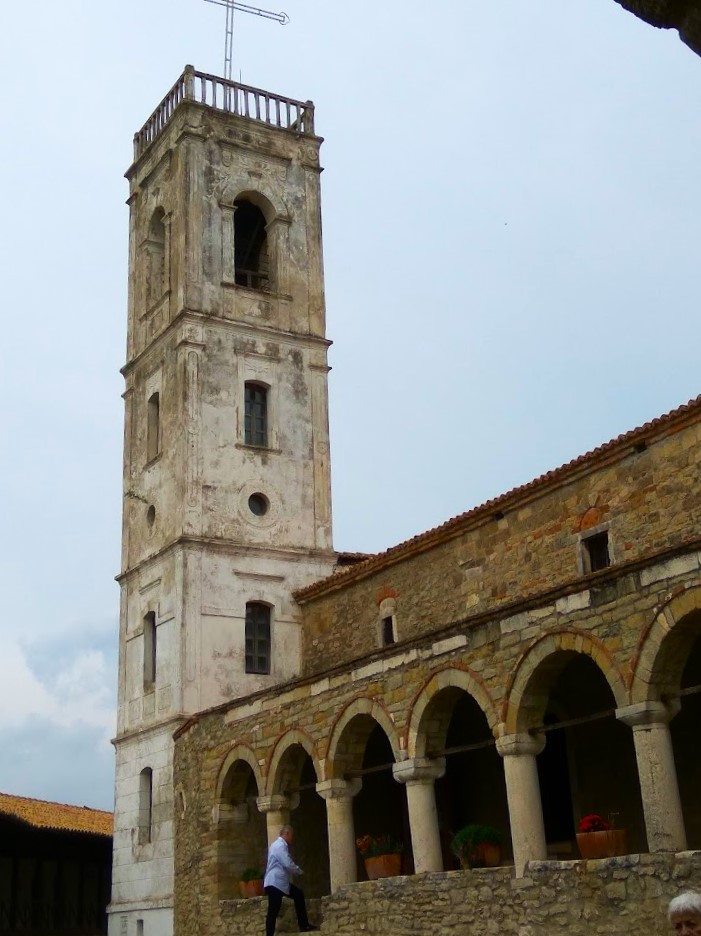
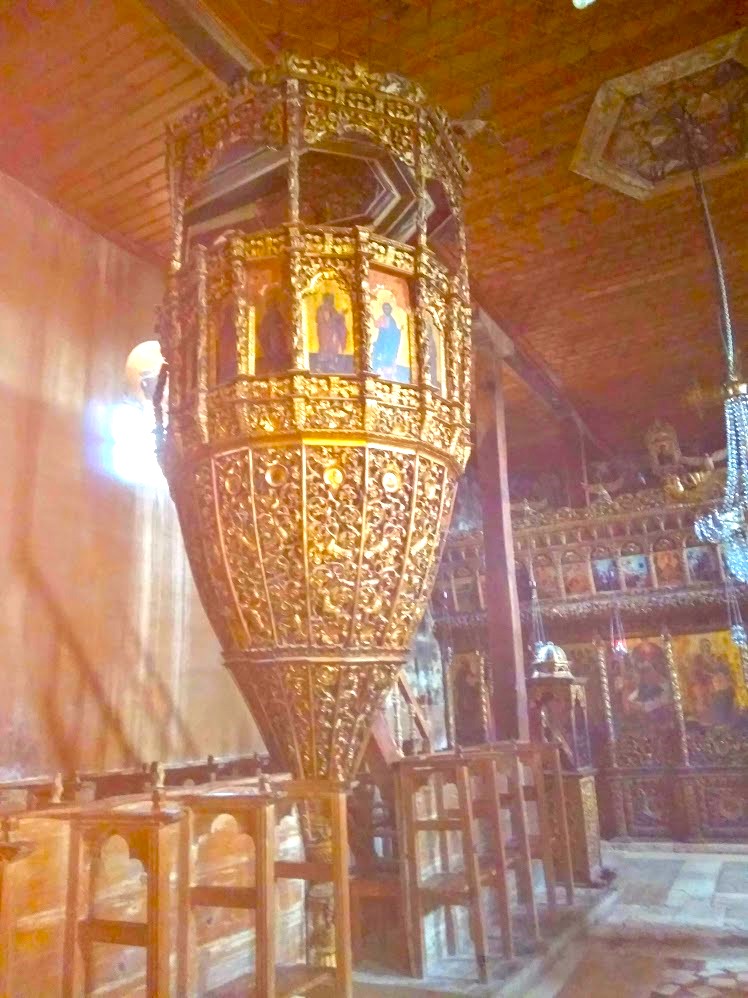
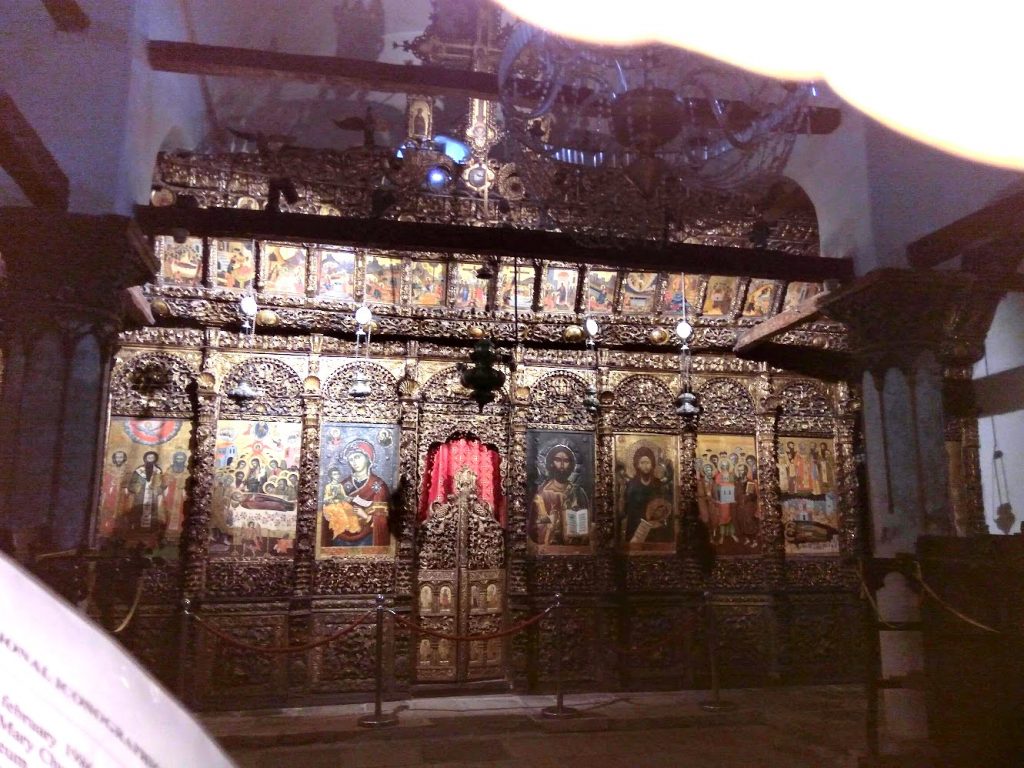
From Ardenica, we headed to Berat. There, I visited the Iconographic Museum (Muzeu Kombëtar Ikonografik Onufri), which turned out to be quite impressive.
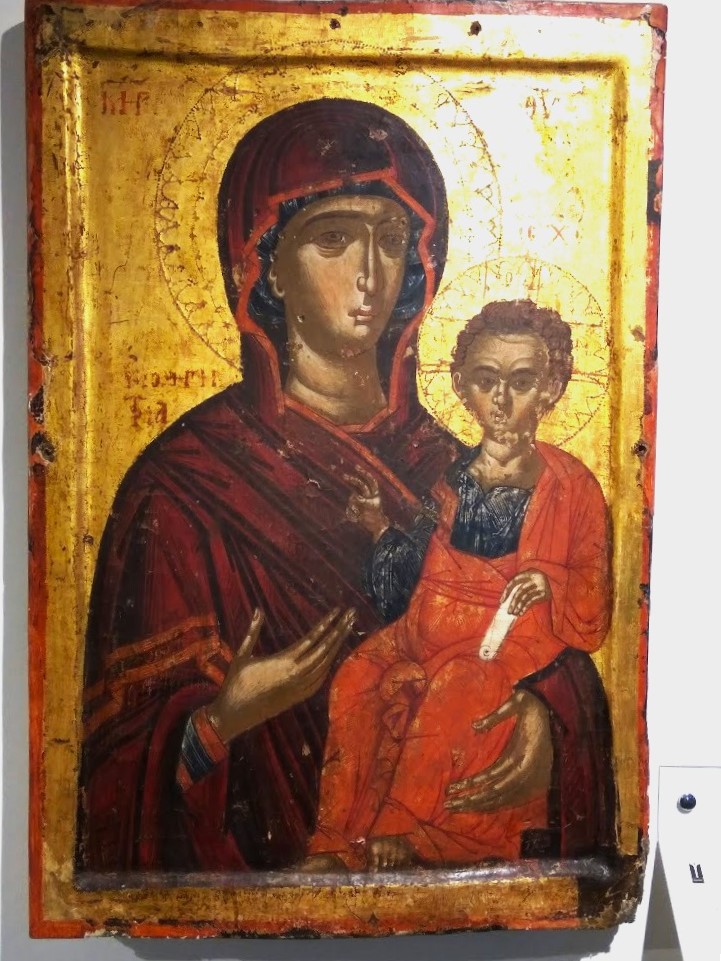
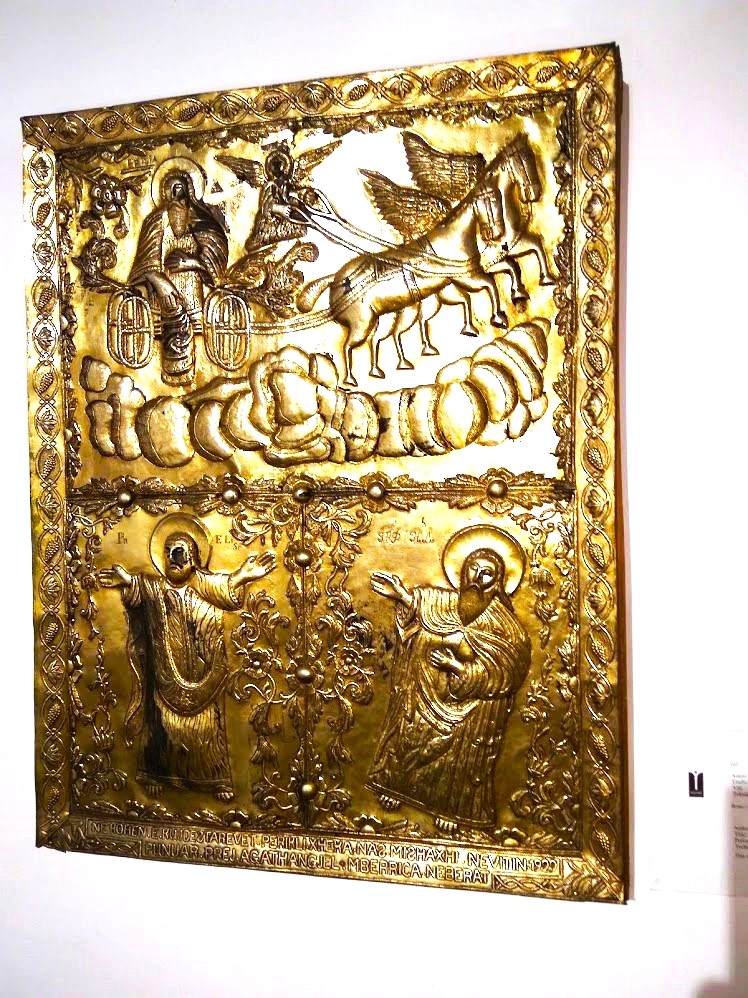
Berat also has an Ethnographic Museum, but rain drove us out of the city earlier than planned (I barely had time to buy a beautiful enamel-inlaid metal plate from an old street vendor). We hurried to Taverna Lazaro, just 50 meters from the city gates, to wait out the rain and grab a meal.
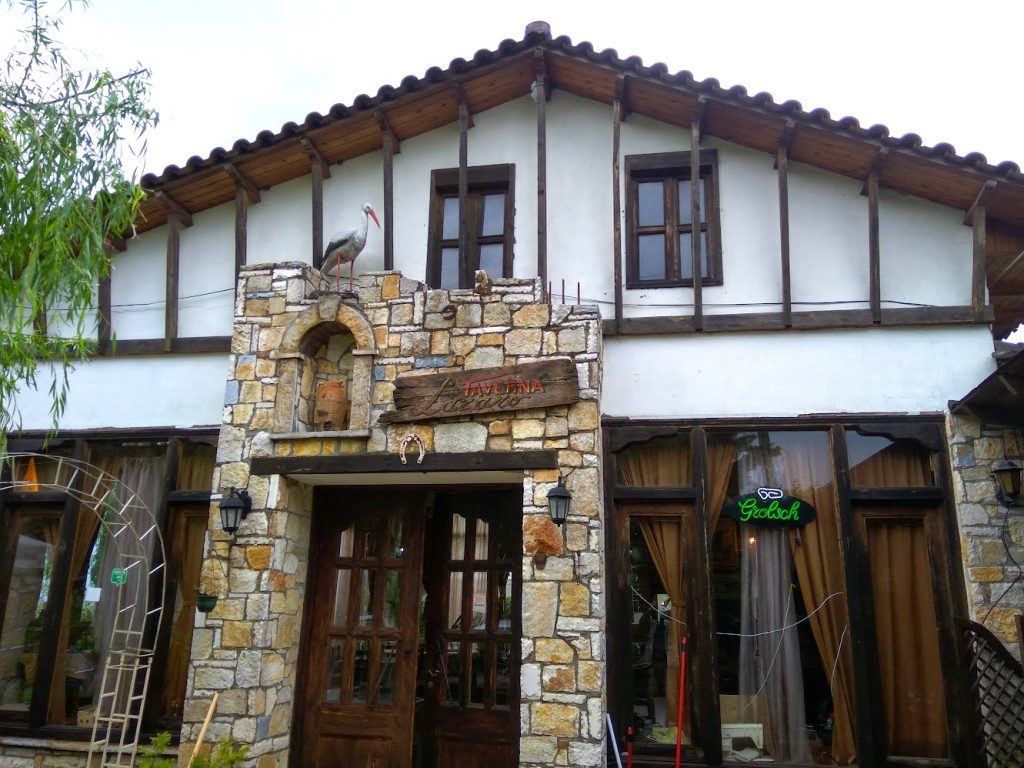
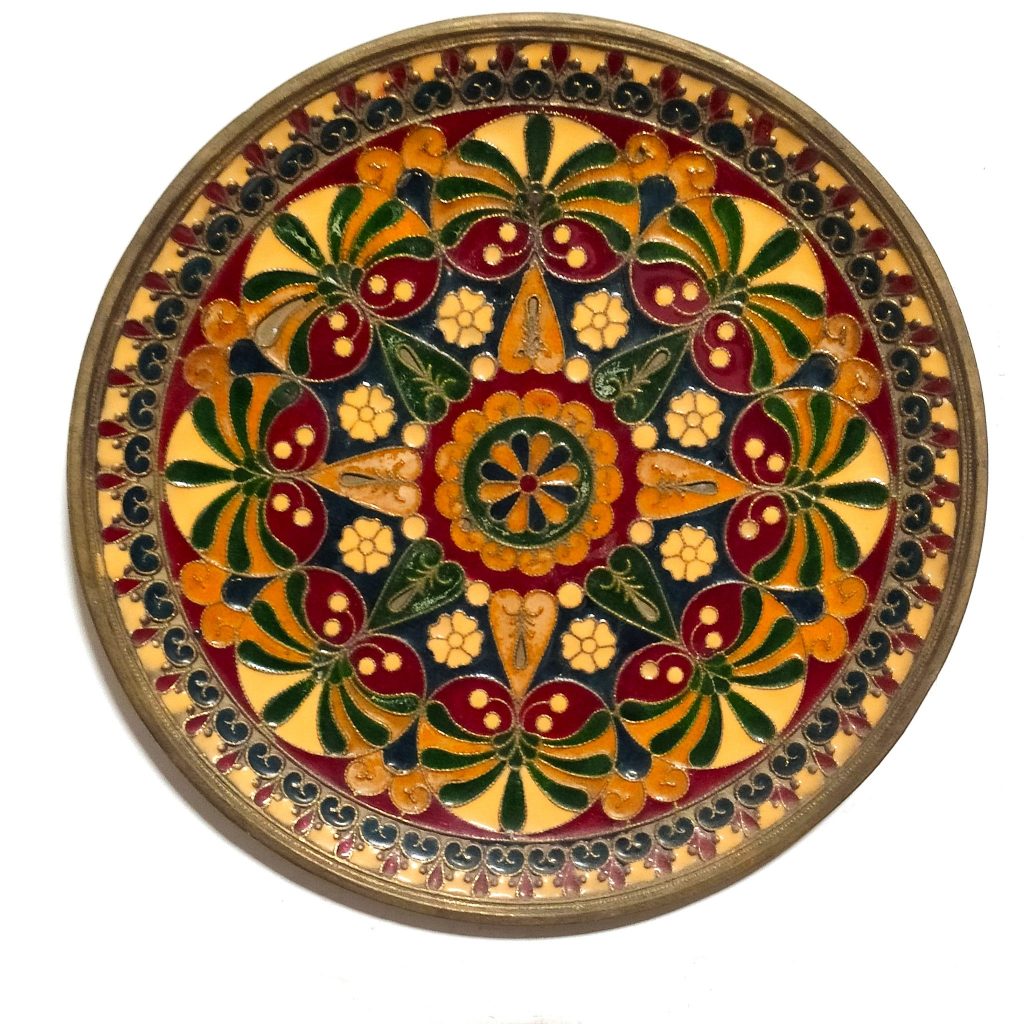
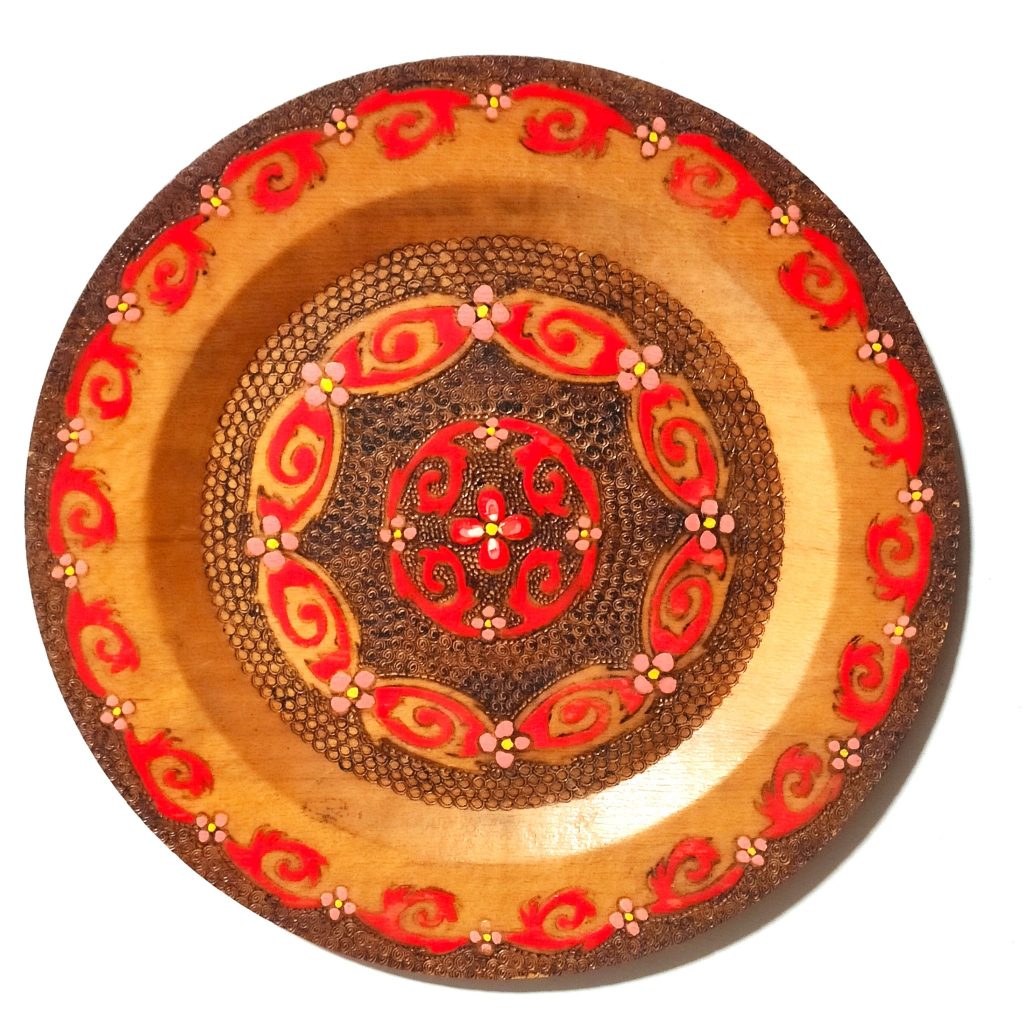
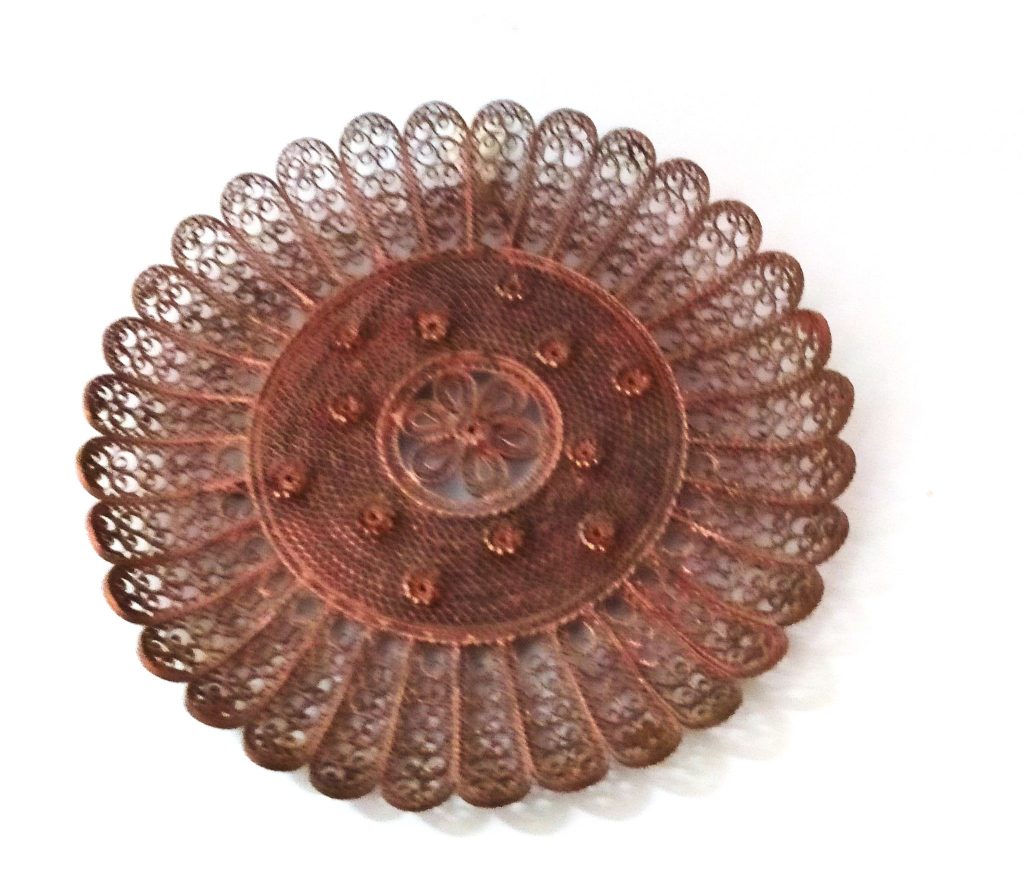
By this time, travelers who left Shkodër in the morning would have covered over 220 km. If they want to push a bit further, they might only make it to the city of Vlorë, 85 km from Berat, as it’s still over 100 km to Sarandë.
In recent years, the promenade in Vlorë has been reconstructed, palm trees have been planted, and a large beach has been arranged, making it a nice place to spend the evening (there are hotels right on the shore) before heading to Sarandë early in the morning. It should be said that Sarandë is purely a resort town, and if you are not planning to stay there or take a trip to Corfu, you can plan your route without an overnight stay in this city. When we were in the area, the ferry schedule was such that you could only travel from Sarandë to Corfu with an overnight stay. Now, the situation has changed, and you can take a day trip to Corfu, which can be a pleasant addition to your journey through Albania.
We made our day in Sarandë a day of relaxation: we strolled along the promenade, had lunch at a restaurant extending into the sea. We planned to swim, but never got around to it. Sarandë is the most European city in Albania, a resort long favored by Italians. The city reminded me a bit of Opatija. The beach here is pebbly. As I mentioned, we couldn’t make it to Corfu.
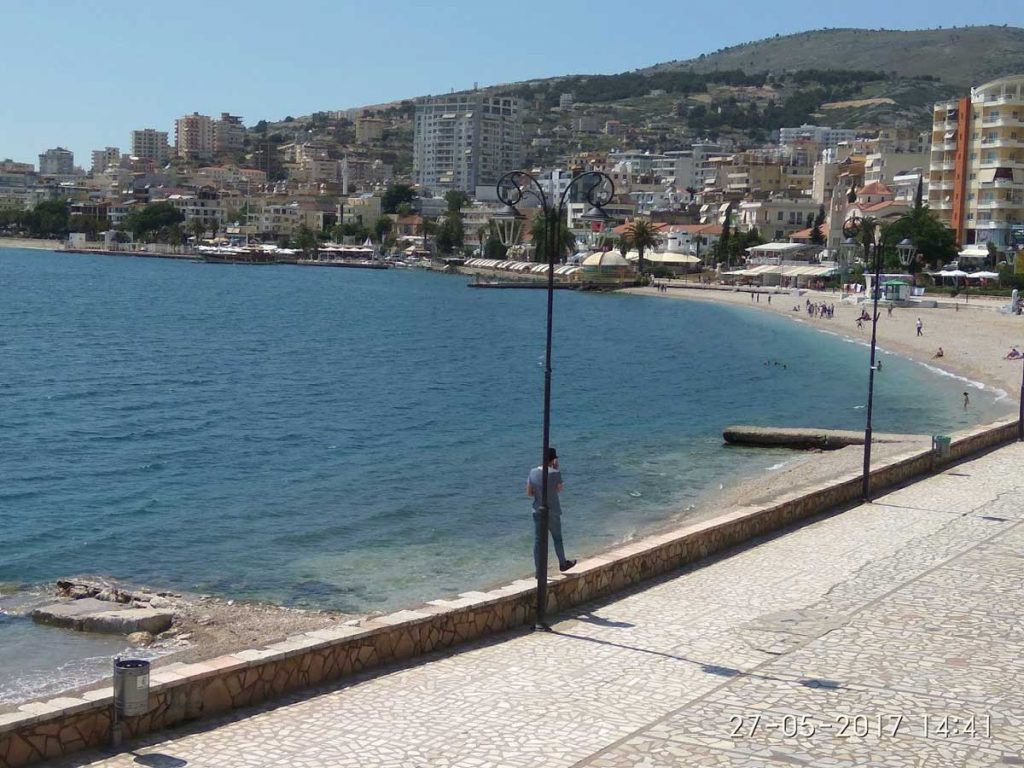
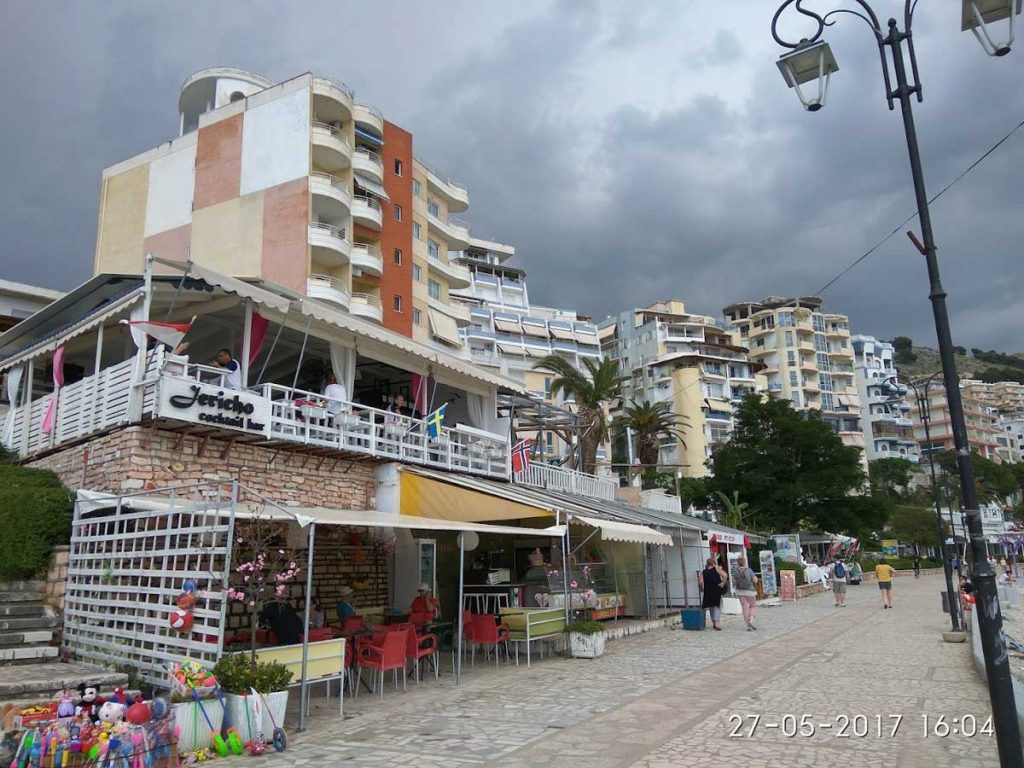
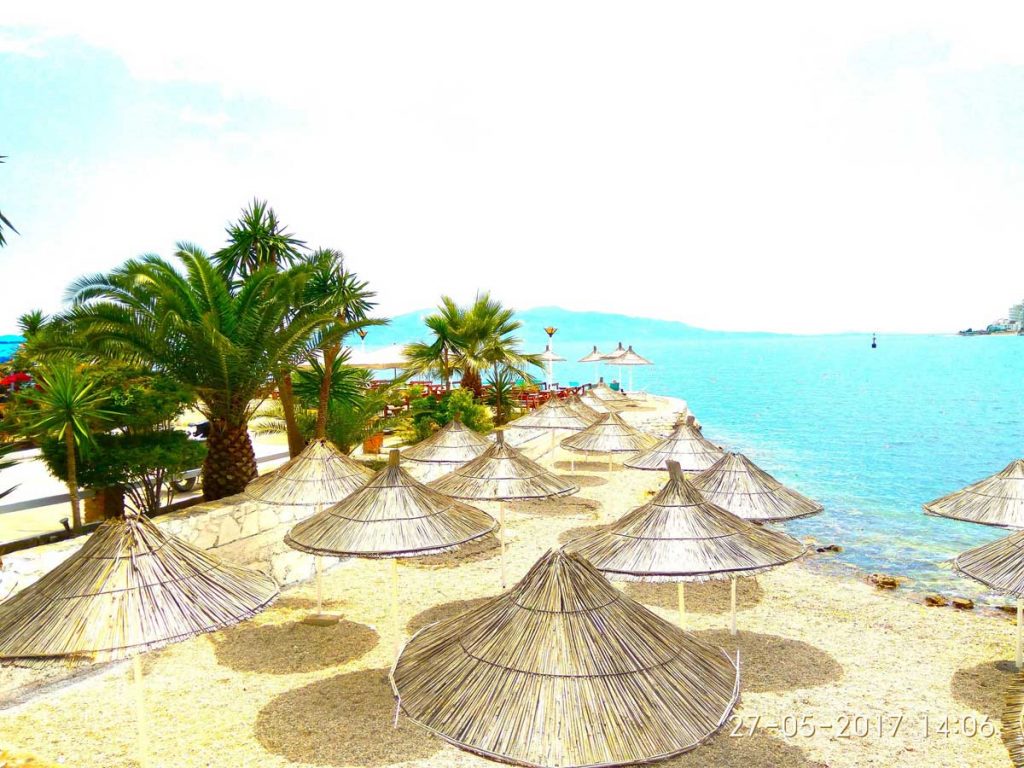
The next morning, we headed south to Butrint. The Butrint National Archaeological Park (Parku Kombëtar i Butrintit), a UNESCO World Heritage site, may not compare to the ruins of Jerash in Jordan or the Valley of the Temples in Agrigento, Sicily, but a walk through its vast area, overgrown with forest and shrubs, with views of the Ionian Sea straits, is quite pleasant.
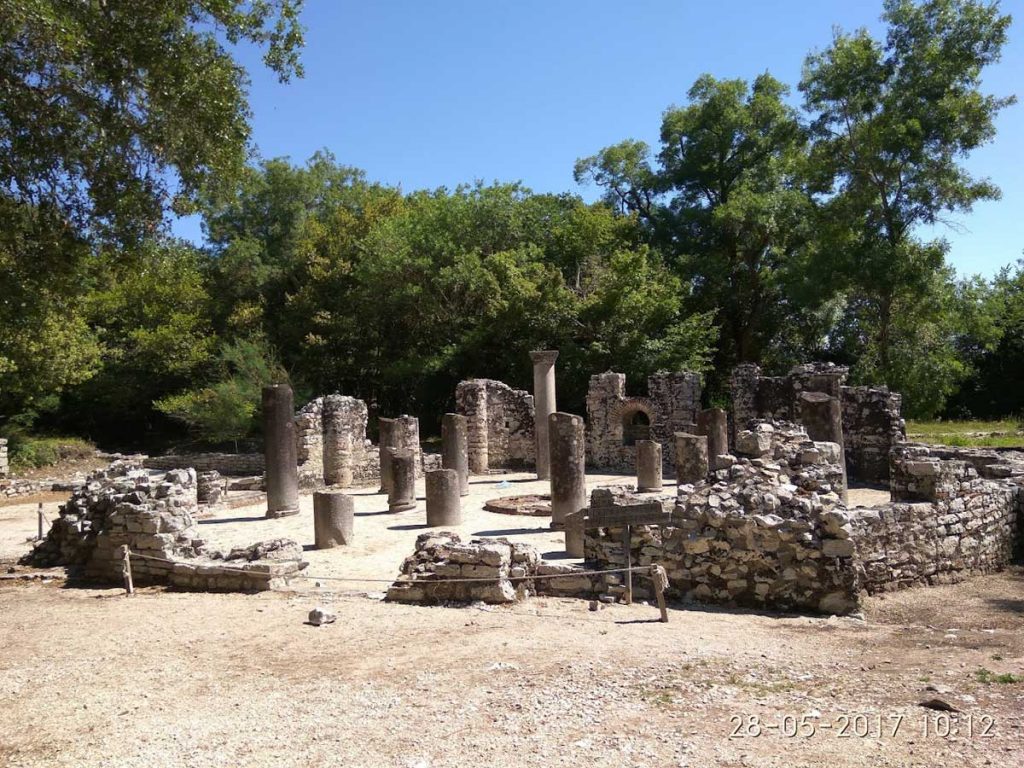
There one can see the Lion Gate, a well-preserved Roman theater, the Acropolis, Forum, aqueduct, temples of Minerva and Asclepius, baths, and the altar of Dionysus. An unexpected attraction is the thousands of frogs emerging from the flooded ruins to bask in the sun, sitting so still that they appear to be sculptures. Unfortunately, my photos of them disappeared from my computer.
We diligently explored all the main attractions of the park, completed the entire circular route, including the climb to the hill with the church (spoiler: otherwise, we would have had to retrace our steps). The small peninsula where the park is located is part of the larger Ksamil Peninsula, which is home to the best sandy beaches in Albania. The park also includes the Ali Pasha Tepelena Castle, located on an islet, which a local Muslim resident offered to ferry us to by boat. We had to communicate in Italian, using our limited knowledge of the language. Since the 1930s, when Italy had strong influence in Albania, and the Italian occupation of 1939-1941, Italian has remained the only foreign language known to most Albanians, especially in rural areas. It is from the Italians that they also learned to make good coffee .
The boatman asked where we were from, and our answer did not provoke any negative reactions. Albania has always been very tolerant toward Jews. In 1934, U.S. Ambassador to Albania Herman Bernstein wrote: “There is no trace of discrimination against Jews in Albania; today, it is one of the few European countries where religious prejudice and hatred do not exist, despite it being a state of three religions.” By 1937, there were about 300 Jews in Albania, and at the start of World War II, this number doubled due to refugees from Germany and Austria. Around 400 of them were deported (mostly Jews from Kosovo, which was annexed to “Greater Albania” in 1941), of whom only 100 survived. Many Albanians helped and saved Jews from deportation. Even Mustafa Kruja, the Prime Minister of the puppet government during the Nazi occupation, participated in rescuing Jews. Seventy-five Albanian citizens have been recognized as “Righteous Among the Nations.” Researchers attribute the Albanians’ attitude to saving Jews to the code of honor “Besa,” which requires helping guests and not handing them over to enemies.
Today, there are almost no Jews in Albania, except for a small community in Tirana (about a hundred persons). The synagogue in Vlorë still exists, but it is closed. (Information from Wikipedia and Boris Yentin’s blog “Details.”) From personal experience: when we lived on the Macedonian shore of Lake Ohrid, which is shared by Macedonia and Albania, our host introduced us to his Albanian business partner and his wife. She told us that her grandmother was on one of the ships of the post-war Aliyah heading to Israel. The ship was stranded in Albania for a long time, and some passengers, including her grandmother, disembarked and remained in Albania.
Albanians are very friendly and welcoming people, somewhat like natives who rarely encounter visitors from the outside world, which is understandable for a country that desperately needs tourism as a source of foreign currency and was cut off from the world for many years under the paranoid dictator Enver Hoxha. He built around half a million bunkers across the country to protect against perceived aggressors. (Some of these bunkers remain abandoned, while others have been turned into cafes, restaurants, cottages, swimming pools, barns, and even bridges.) Once, an Albanian whom we asked for the way out of the blocked road, ran alongside our car for several dozen meters to make sure we were on the right road. The religious tolerance of Albanians is also striking: the country has 60% Muslims and 40% Christians, who live in harmony.
But let’s move on. From Butrint, we headed to the “Blue Eye” (Syri i Kaltër), a powerful spring that forms the Bistricë River, flowing into the Ionian Sea near Sarandë. The blue water of the spring is so clear that you can see down to a depth of 50 meters. This is also the depth reached by the divers who nevertheless were unable to determine the true depth of this karst hole. It’s a beautiful spot. The restaurant above the water, from which you can admire the stream, is obviously called “The Blue Eye.”
On this day, we only managed to reach the city of Gjirokaster (the stress is on the last syllable). It is included in the UNESCO World Heritage Sites as a well-preserved city from the Ottoman Empire era (17th-19th centuries), mainly due to its unique tower-type houses (kule), of which very few remain in the world (tripv.ru website). The traditional Albanian houses, decorated with wood carvings, paintings, and stucco work, are interesting. But the main attraction here is the ancient fortress towering over the city. We stayed in the tiny “Domino” hotel on the very edge of the cliff, where everything was charming but miniature. We took a walk and a ride (barely made it due to the awful traffic) through the narrow streets of the city. We didn’t climb up to the fortress, having read online about the dirt and neglect inside. According to other reviews, this isn’t so, and it definitely is worth a visit.
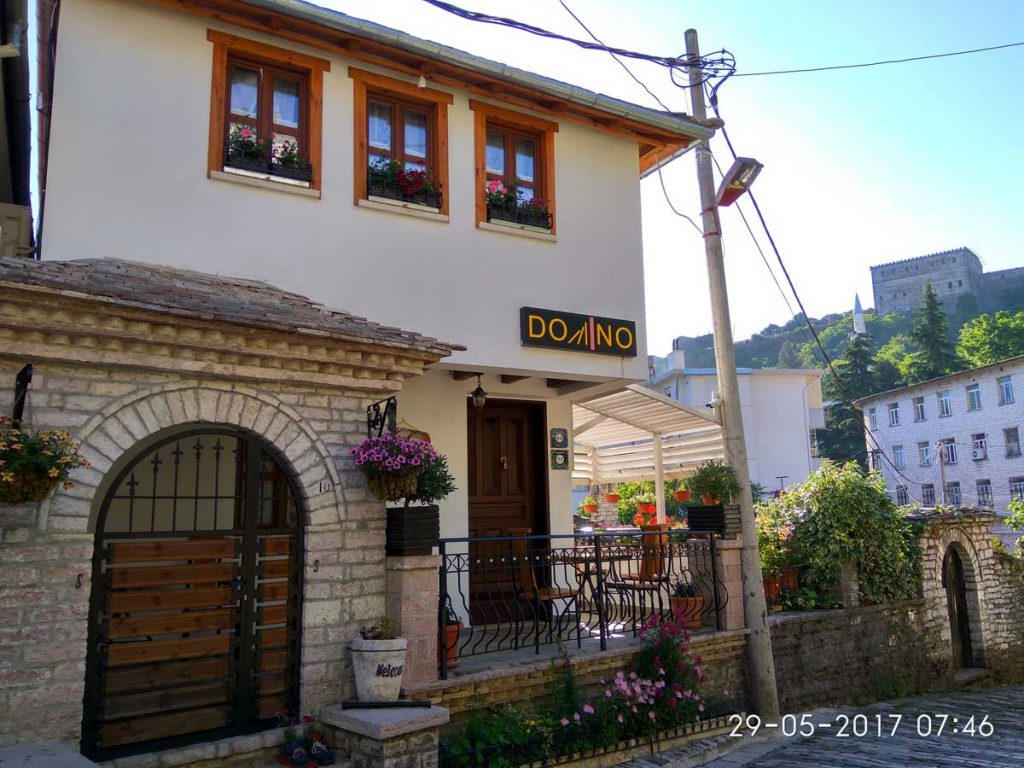
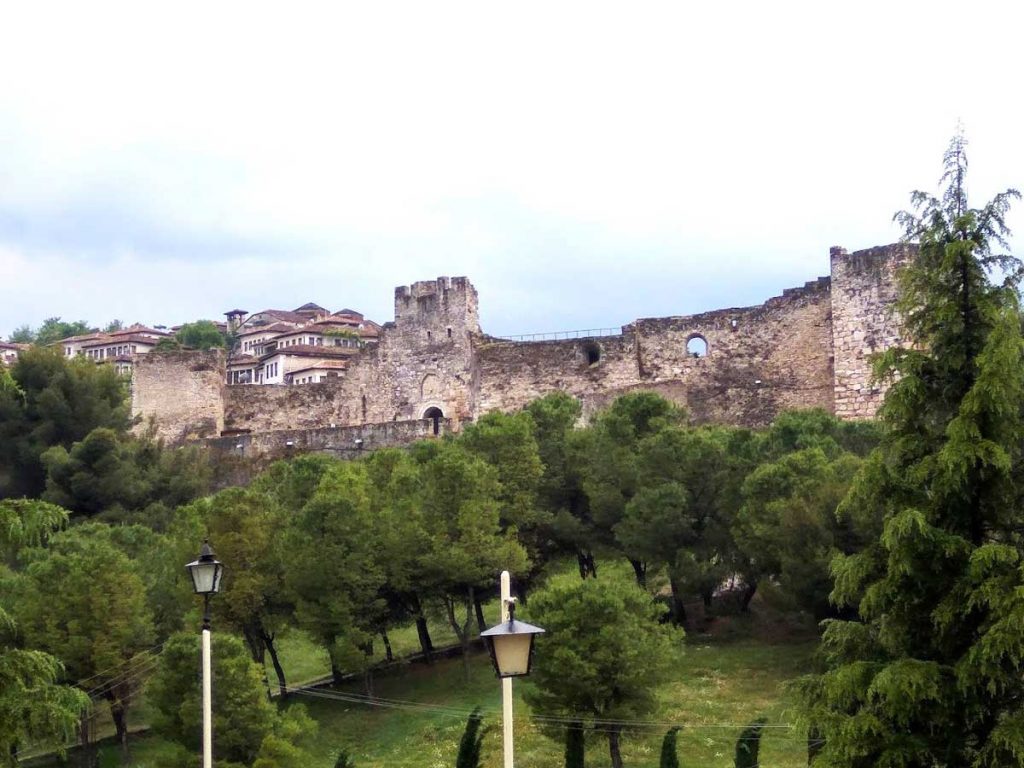
17 km from Gjirokaster towards Korçë, the 162 km long SH75 road begins, considered the most beautiful road in Albania. When we drove along it, we unknowingly missed a couple of interesting places – the unattended hot springs of Bënjë and the 3 km long Langarika Canyon. These places, as well as the nearby town of Permet (Permet), where one can stop for the night, are described in detail in the aforementioned Albania guidebook (albania360.ru), the author of which has done a tremendous job. As for us, we missed them and continued, enjoying the views, to Korçë, where there are many good affordable places to stay.
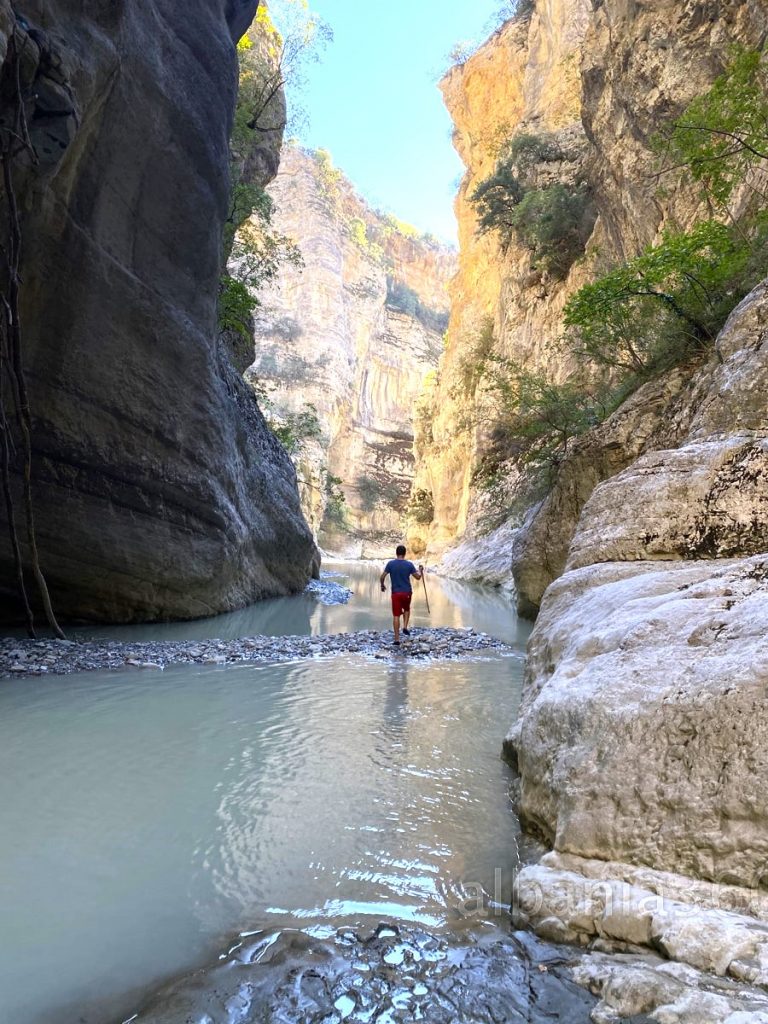
In Korçë, there aren’t many attractions, but we still had a pleasant stroll around the city, seeing the Resurrection Cathedral (most of the city’s residents are Christians), the first school of Albania, which today houses the State Museum of Education, and several beautiful buildings on the main streets. We also had a delicious dinner at the “Vasili” tavern, recommended by the owner of our accommodation.
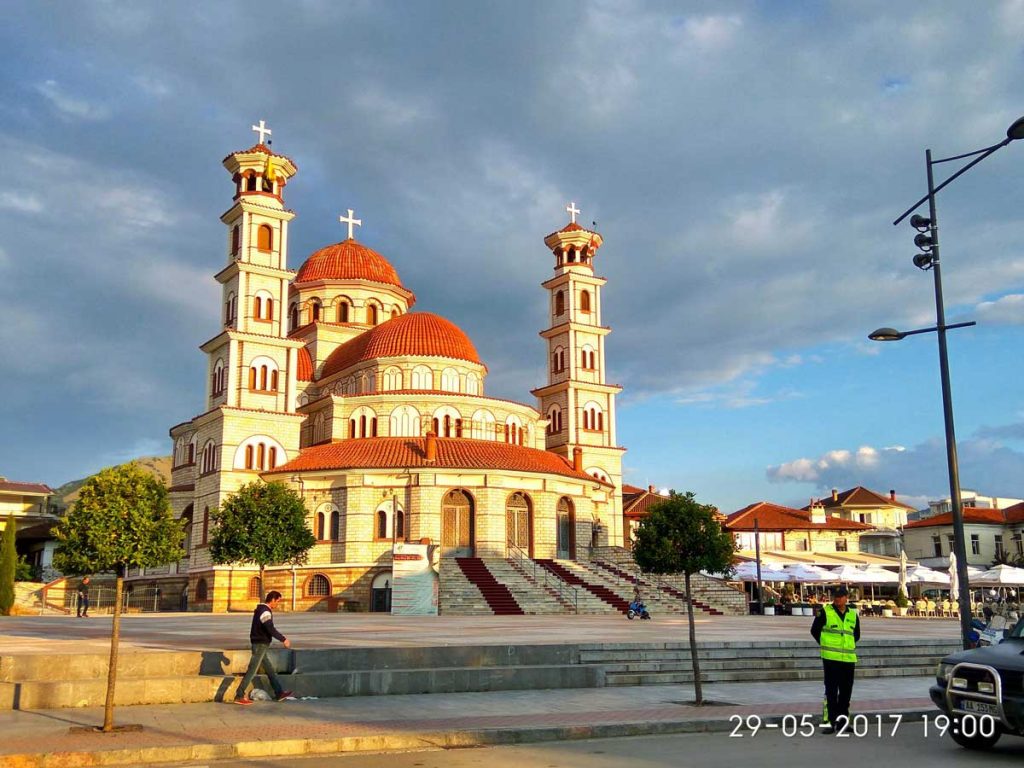
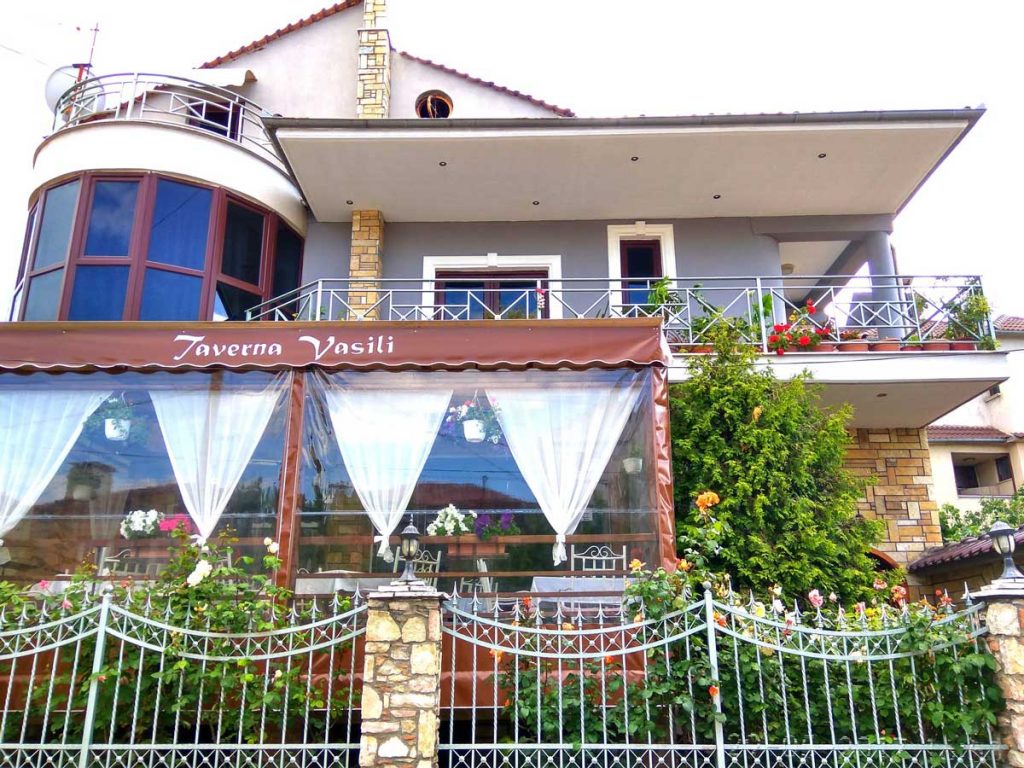
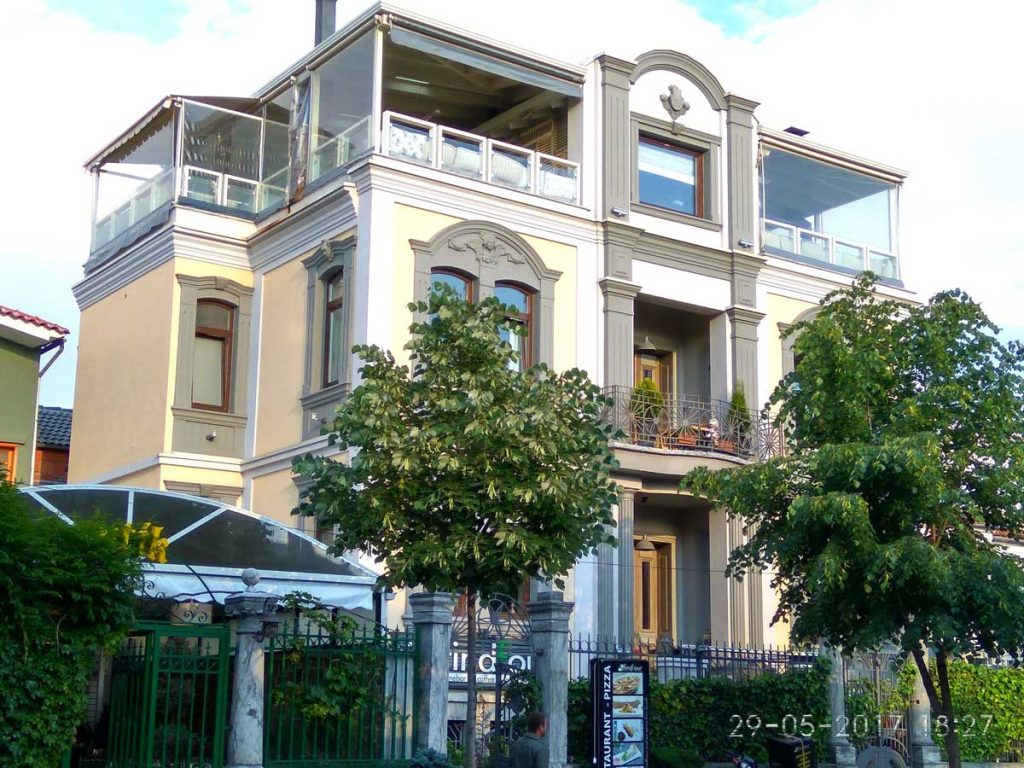
Korçë can serve as a base for outings to three villages in the area: Voskopojë (Voskopojë), the center of the Aromanians, an ethnic group close to Romanians, with a similar language, where there are five ancient churches with 18th-century frescoes; Mborje (Mborje), where a 14th-century church with frescoes is preserved; and Dardha (Dardha), known for its landscapes.
The program for our last day in Albania was just the return to Tirana (163 km), but we managed to stretch it out into a whole day. After a morning stroll in Korçë, we went to Pogradec, a city, as its name suggests, with Slavic roots; in Albanian, it’s pronounced “Pogradechi.” There’s not much to do there, so we limited ourselves to a walk and rest on the pretty waterfront of Lake Ohrid, on which the town is situated.
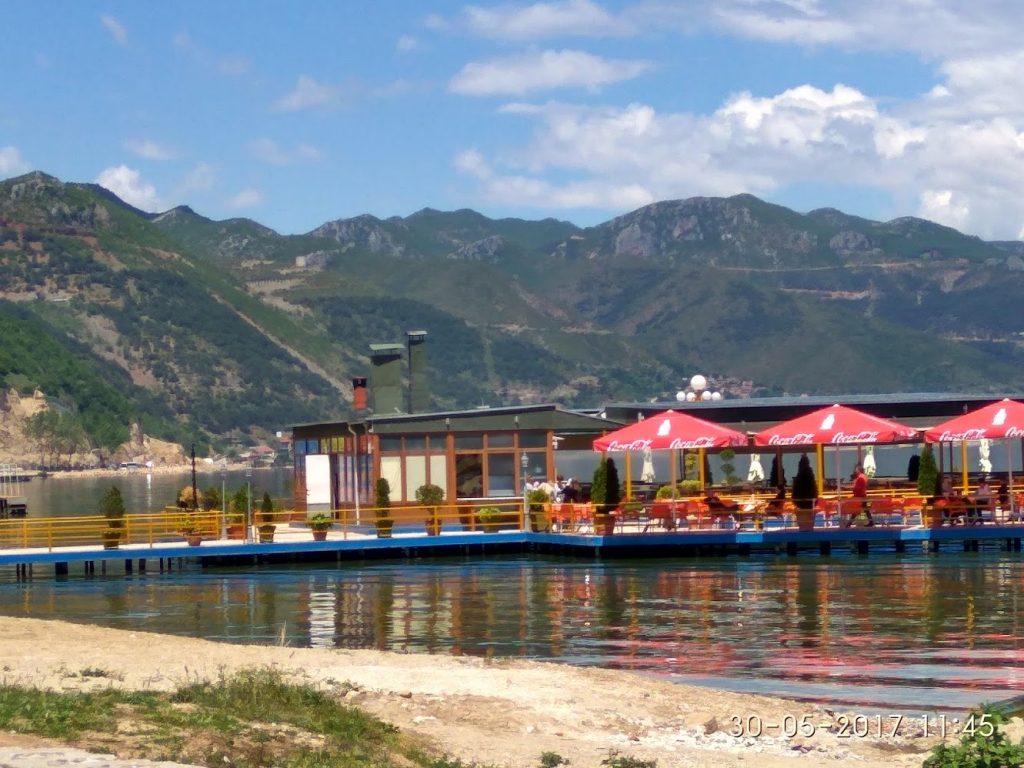
If you want to combine Albania with North Macedonia or at least drive around Lake Ohrid, visiting the St. Naum Monastery and the very interesting city of Ohrid on the way, it’s 11 km from Pogradec to St. Naum, another 30 km to Ohrid, and then another 30 to get back to the road to Tirana. Since we had already been to Macedonia, we went from Pogradec to the lakeside village of Lin to see the Byzantine mosaic from the 6th-7th centuries. After extensive searching and asking around, we found this mosaic on top of the hill above the village. It was covered with a mat, but a girl appeared from somewhere and removed it for a small fee. The mosaic is quite small, about one meter by one meter, but well-preserved and beautiful. Still, it was somethin to fill the day.
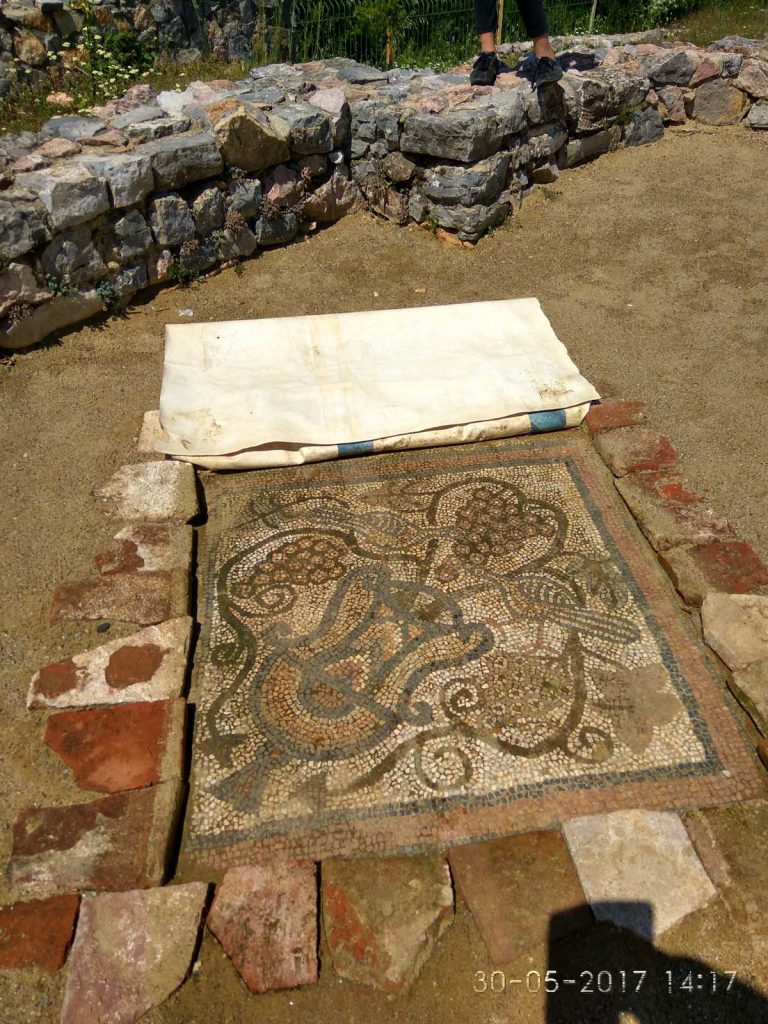
I recently discovered online that there is a 220 square meter mosaic and remains of a basilica in Lin. On the site duemarivirtualtours.com, you can see a beautiful panorama of the excavations and the surrounding area. Apparently, large excavations have taken place there since our trip. In the village itself, a woman urged us to order lunch from her, promising to have it ready in an hour, but we were in a hurry, and as much as we felt sorry for the poor woman, who could have used it as an important addition to her family budget, we didn’t have time to wait and went to have lunch at the restaurant of the Camping Lin hotel on the bend of the road above Lin. The tables were set in the garden with a beautiful view of the village and the lake.
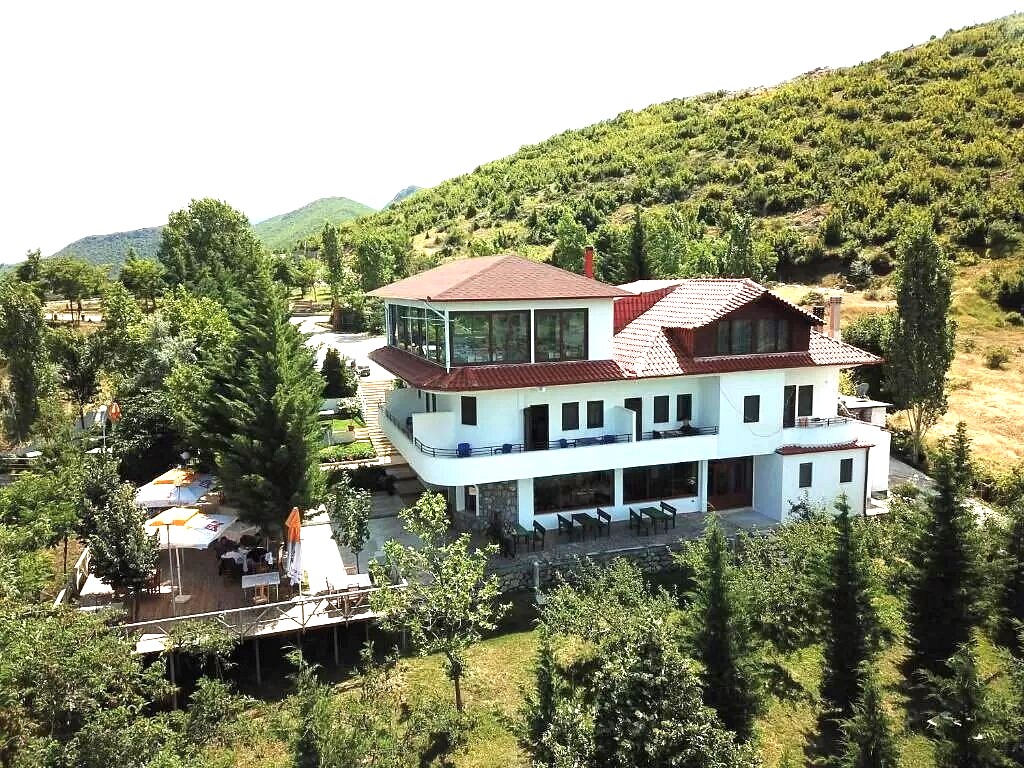
After that – a dash to Tirana through the mountains, along an excellent highway, passing the fourth city of Albania, Elbasan, which we didn’t visit due to its low tourist value and lack of time. After Lin, if you have the time and desire, you can make a detour of 17 km and 35 minutes to visit the Illyrian royal tombs of Selcë e Poshtme near the village of the same name, dating from the 3rd-4th centuries BC. This site is a candidate for inclusion in the UNESCO World Heritage list.
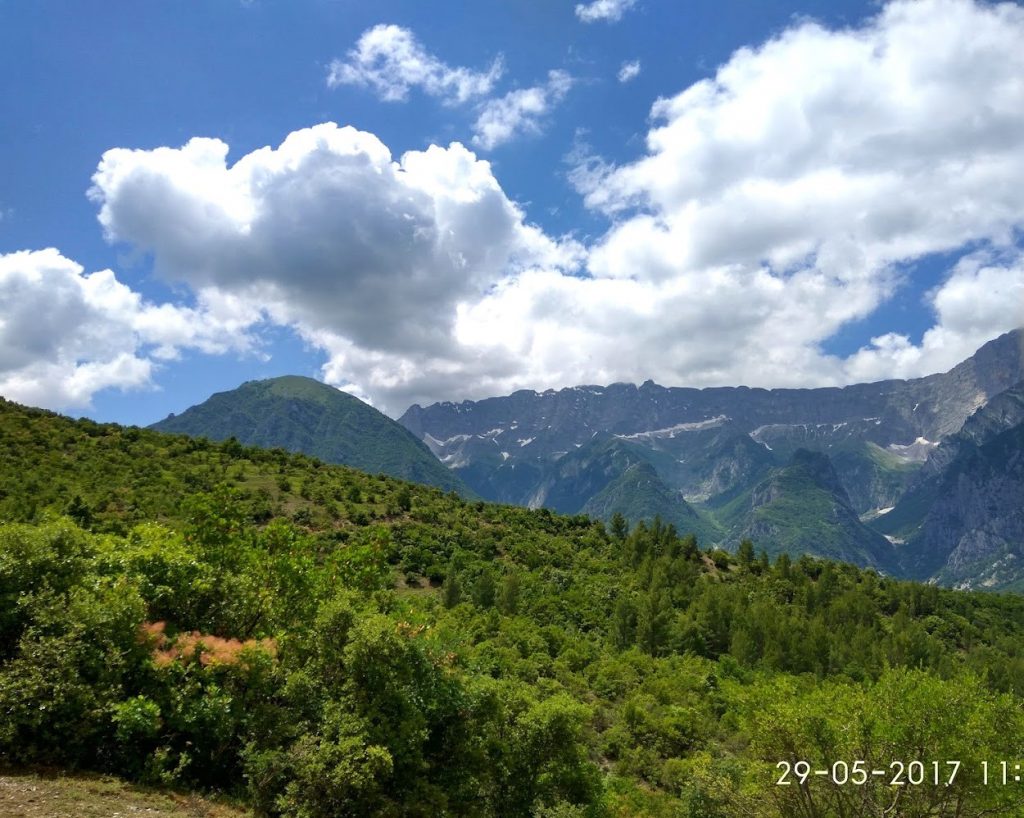
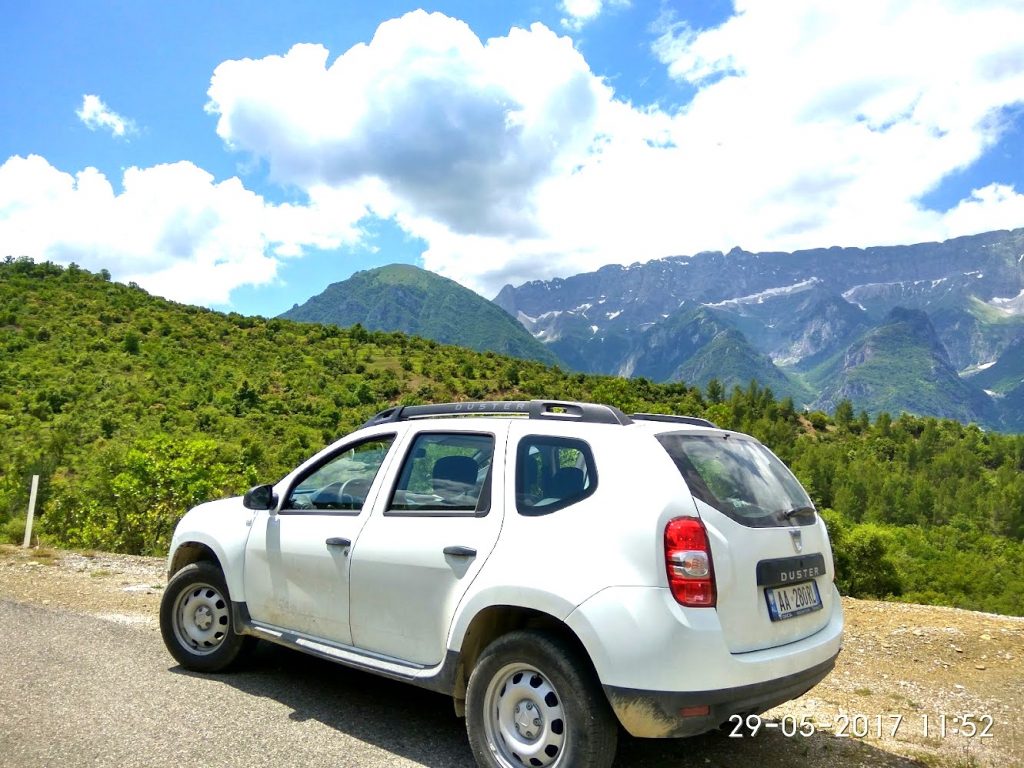
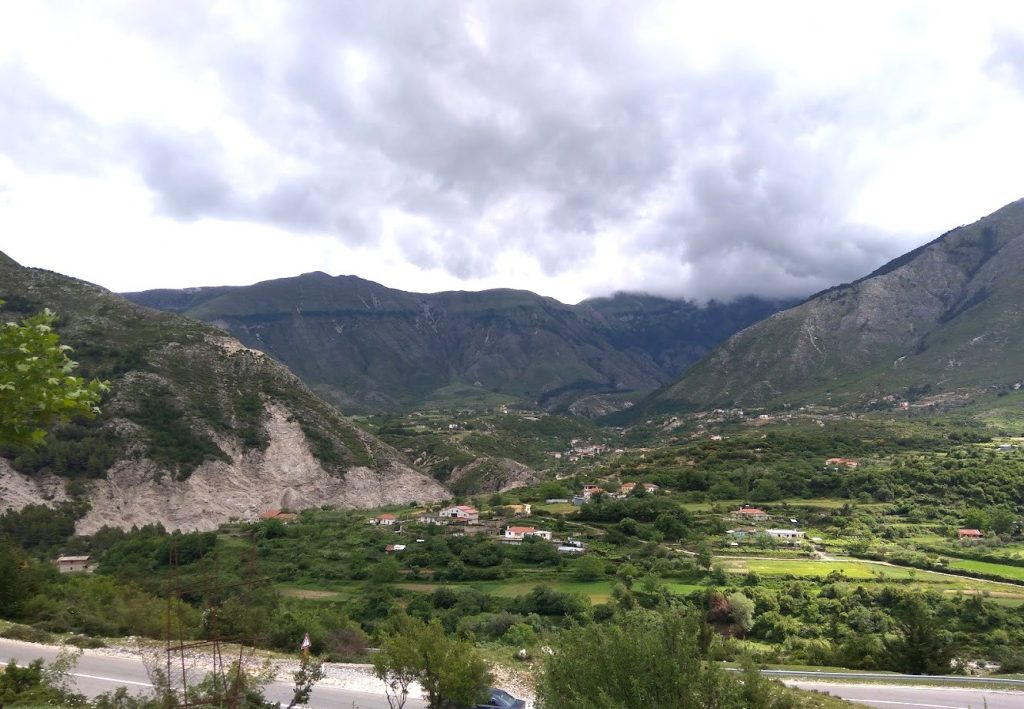
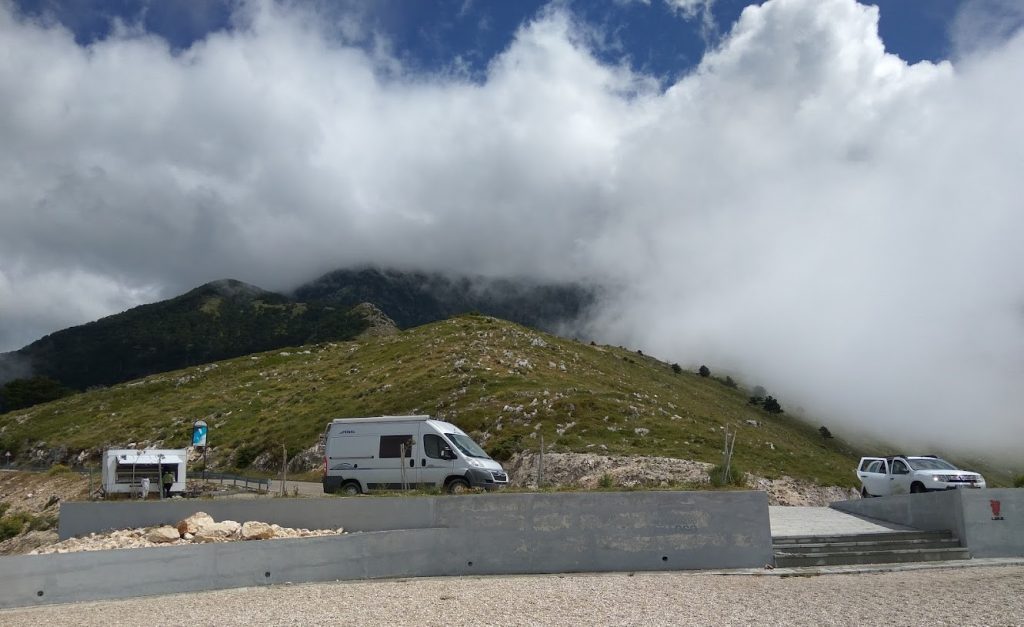
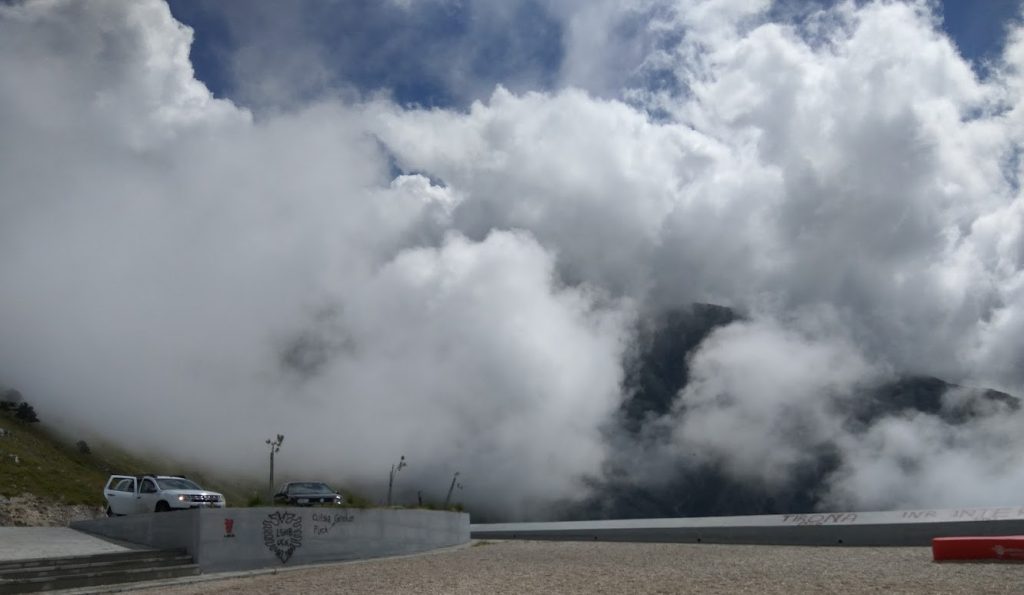
It should be noted that genetically modified products are prohibited in Albania, so although the shelf life of Albanian products is shorter, they taste natural and are more beneficial.
In short, there are plenty of reasons to put Albania on the list of countries worthy of visit (a very long list, but it is the one who walks that will master the road).

